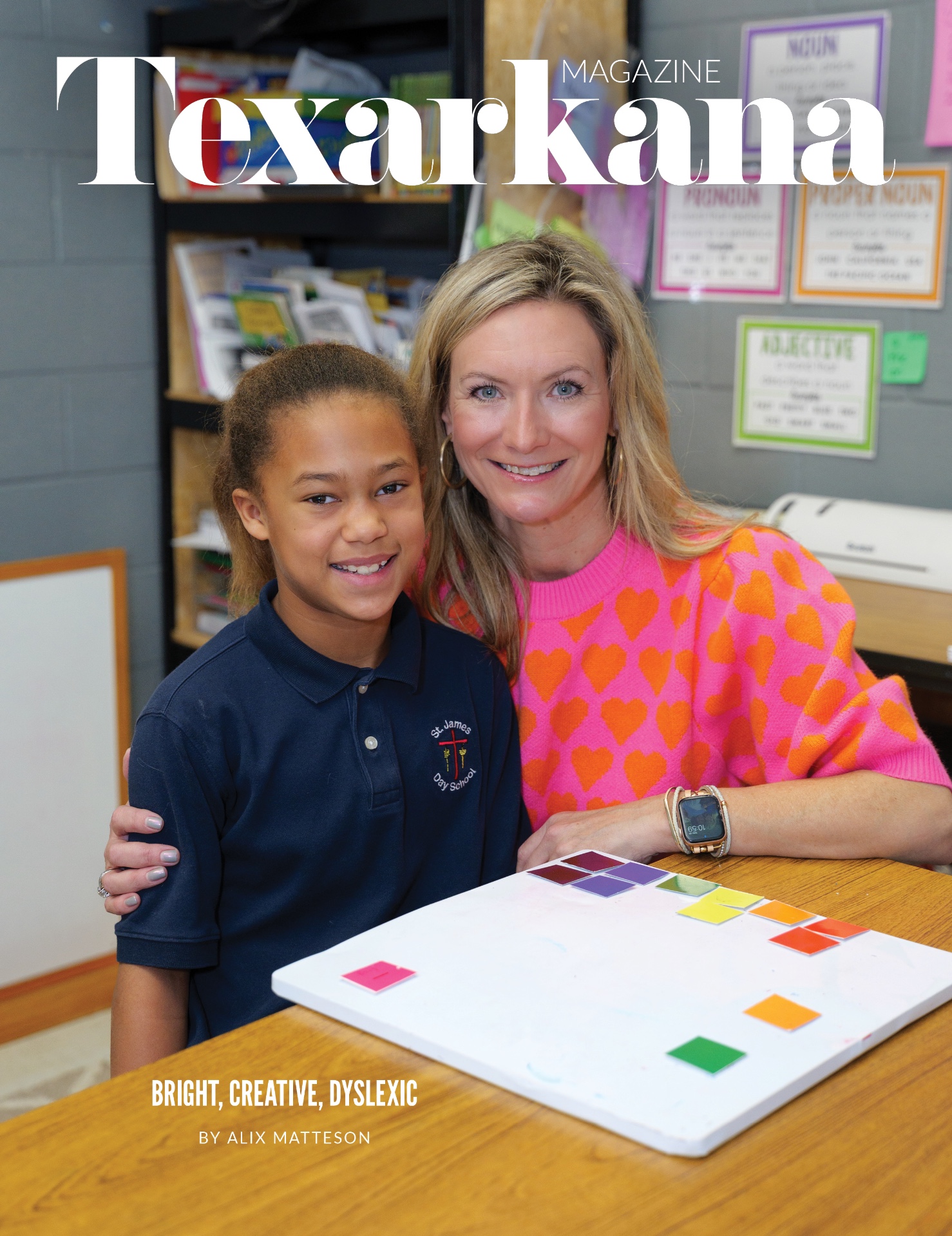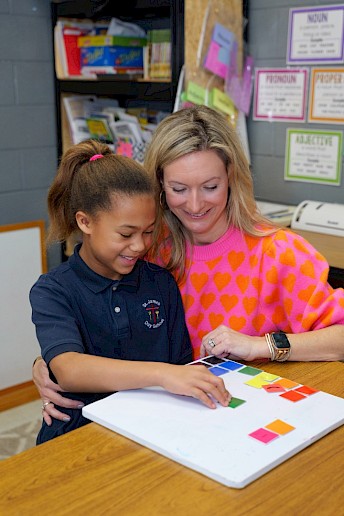Bright, Creative, Dyslexic

In 2009, I came home from teaching first grade one day frustrated, worried, and ready to find answers. I had broken the advice I gave to parents numerous times: I compared my children's work to their peers. I remember looking at the children's work hanging in the hallway, then seeing my boys' work and thinking, "What is wrong?" The writing was literally on the wall! My twin boys, Worth and Thompson, were in kindergarten then, and I noticed they were having trouble learning the basics of reading, writing, and spelling.
When my husband, George, got home, I broke down, saying, "I don't understand why I can teach all of these first graders to read, but I can't teach my own. I have a master's degree in Reading Education, for crying out loud; I should be able to teach them to read."
Worth and Thompson were so bright, creative, and fun. These were the boys I found one day drifting down the driveway on a "motorized" skateboard. They had attached the leaf blower to a skateboard to make it motorized. They thought outside of the box and devised unique solutions to challenges. Directions were never needed to put something together. Their minds worked in amazing ways.
I met with their excellent teacher. She confirmed my thinking, "Give the boys some more time. Children are not all the same. They grow and learn at different rates but will eventually catch up." I said these exact words to parents all the time. I do not say them anymore!
George and I took the boys to an educational diagnostician at the end of their first-grade year. It was the best decision we ever made for their education. We were told they were very bright and possessed superior perceptual reasoning skills, along with excellent verbal comprehension and reasoning skills. Our spirits lifted.
Then came the shock: dyslexia, dysgraphia, and dyscalculia. We didn't know much, if anything, about what we now call the "trifecta" of learning differences. Don't get me wrong, it took years to find anything humorous about these determinations.
I was panicked. All control was gone. I dove into reading everything that I could find to help me understand how to help my children best.
I learned that dyslexia is a learning disorder affecting a person's reading, writing, and spelling ability. I also learned that with dyslexia specifically, signs that indicate dyslexia include difficulties in:
- Reading fluency, accuracy, and comprehension
- Phonemic awareness (rhyming, recognizing, and manipulating sounds in words)
- Spelling
- Organizing thoughts and putting them into writing
- Memorizing and recalling information
- Understanding and remembering the order of things (sequencing)
- Understanding and following directions
Once I learned my boys needed to learn differently, I returned to school to learn how to help my children. The field of study aligned well with my background as a reading specialist (which turned out to be completely different than that of a dyslexia therapist). I became a Certified Academic Language Therapist (CALT). In short, I am a dyslexia therapist.

Years later, our daughter, Aubrey, was also diagnosed with the trifecta. While it is still challenging, I feel fortunate to have the skills to help her. Early identification and intervention, followed by dyslexia therapy with a qualified therapist, are all vital steps to helping these children learn to read and write proficiently. With the proper intervention and academic accommodations, students with dyslexia can be just as successful academically as their peers.
Stay tuned for more helpful tricks and ideas to help make reading and writing fun and build your child's confidence.

